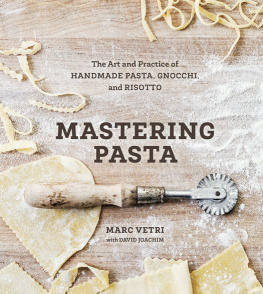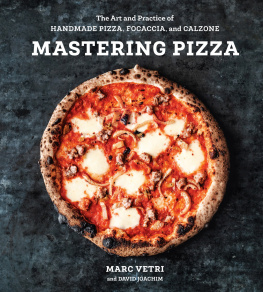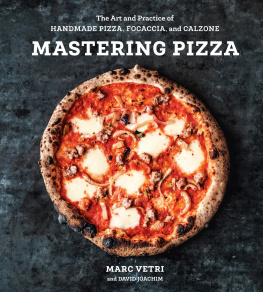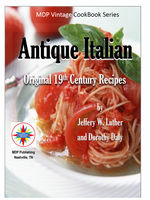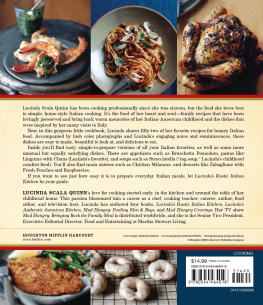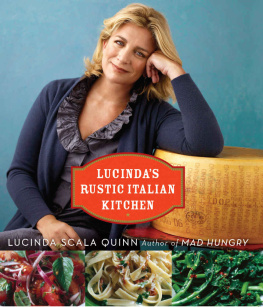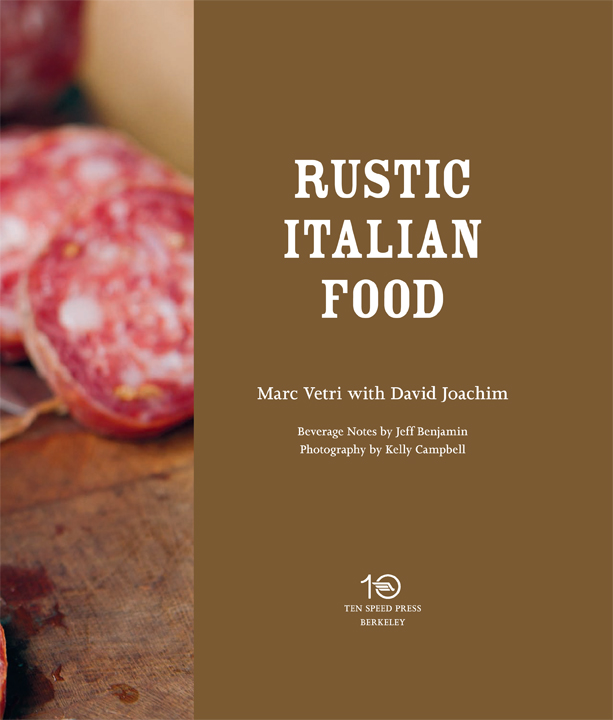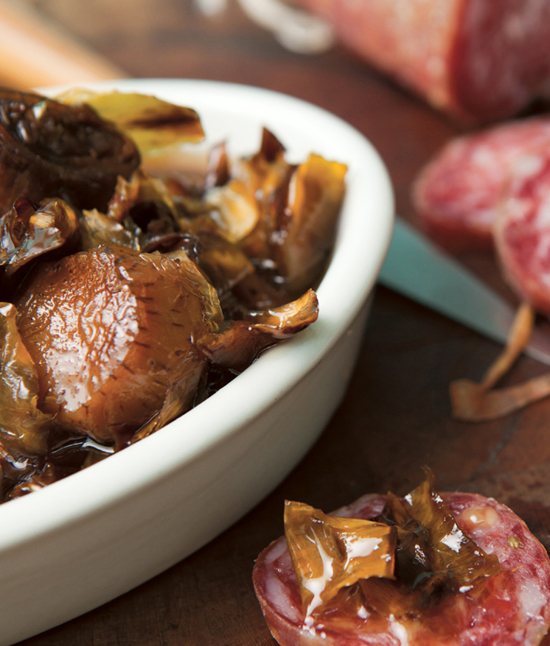
Copyright 2011 by Marc Vetri
Photographs copyright 2011 by Kelly Campbell
All rights reserved.
Published in the United States by Ten Speed Press, an imprint of
the Crown Publishing Group, a division of Random House, Inc., New York.
www.crownpublishing.com
www.tenspeed.com
The Times They Are A-Changin written by Bob Dylan, copyright 1963, 1964 by Warner Bros. Inc.; renewed 1991, 1992 by Special Rider Music. All rights reserved.
International copyright secured. Reprinted by permission.
Ten Speed Press and the Ten Speed Press colophon are registered trademarks of Random House, Inc.
Library of Congress Cataloging-in-Publication Data
Vetri, Marc.
Rustic Italian food / Marc Vetri with David Joachim ; beverage notes by
Jeff Benjamin ; photography by Kelly Campbell ; foreword by Mario Batali.
p. cm.
Summary: The second cookbook from acclaimed Philadelphia chef Marc Vetri, featuring recipes for staples of the hand-crafted Italian Kitchen like bread, pasta, pizza, and salumi Provided by publisher.
1. Cooking, Italian. 2. Cookbooks. I. Joachim, David. II. Title.
TX723.V484 2011
641.5945dc23
2011015301
eISBN: 978-1-60774-079-7
Cover design by Nancy Austin
Prop styling by Sarah Cave and Theo Vamvounakis
v3.1
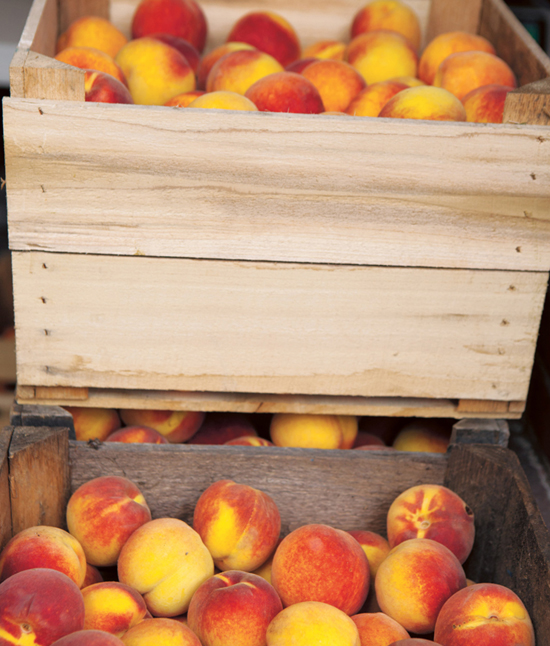
To the love of my life, Megan,
who taught me that the whole is greater than the sum of its parts
and to my three little gnocchis,
Maurice, Catherine, and Mario

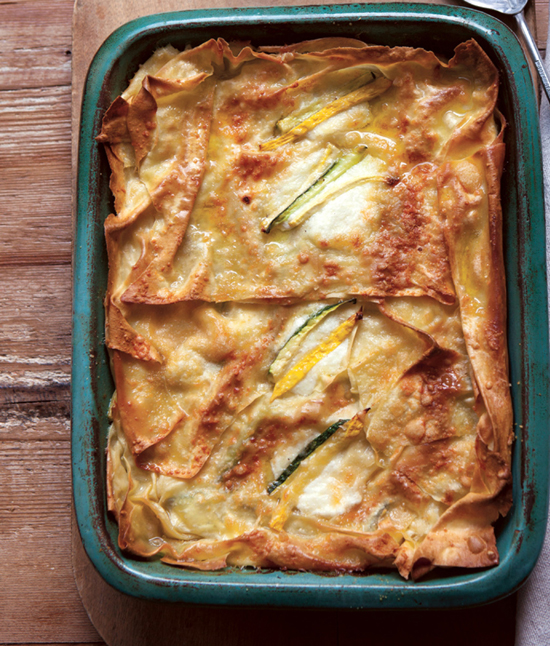
{ CONTENTS }
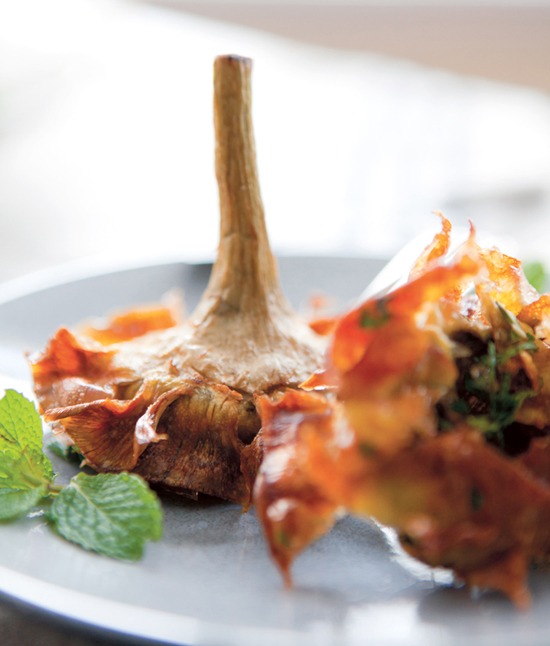
The line it is drawn
The curse it is cast
The slow one now
Will later be fast
As the present now
Will later be past
The order is
Rapidly fadin.
And the first one now
Will later be last
For the times they are a-changin.
Bob Dylan, 1964
Hip: Informed, up-to-date, fashionable, contemporary, relevant. Being modern in dress, attitude and interests. From hepi, meaning well-informed from the West African language of Wolof.
URBAN DICTIONARY, 2011
FOREWORD
BY MARIO BATALI
IT SEEMS THAT NEARLY every month there is a new place in town, mine or yours, with some hipster chef who has spent a couple of weeks or months or years in Italia or France or Espaa or Denmark, working in a legendary place. The chef is back in town with his or her new ideas on how to improve the mother countrys food and gastronomic culture, all for our delight. As not-hip as I am, I try now to wait a month or two before heading in to check out the new freshie and to see if, in fact, there is something new or innovative or provocative or at least delicious to enjoy and subsequently talk about with my ever-growing group of pleasure-interested pals and associates in the field of food, beverage, and hospitality. The result is usually a mishmash of successful and not-so-successful dishes somehow thematically entwined by their faint relationship with the original versions. The problems are usually the same: overambitious creativity for creativitys sake, less than perfect shopping, and hurried technique that can lead to some fine dishes, but overall a cuisine a little less than fully inspired or executed.
My first visit to Vetri in 1999 was an exploration before the scientist chefs had yet to invade the United States. I went there hoping to find Italian food inspired by true technique and fine products but practiced by a master. And so it was: perhaps the best meal of true Italian deliciousness with sublime mouthfeel and honest and clear flavor I had ever had outside of the boot, and better than many meals I had eaten inside the boot. I was immediately a huge fan and have been ever since. Marc Vetri is not a practitioner of modern food. He is, however unbeknown to him, a hipster. His food and style at that time, in 1998, were among the first real things in the gastronomic rebirth of Philadelphia that became a revolution, and these two stylistic components define to this day what hip means to me. His cooking is not trendy, it is not based on ingredients from Asia or South America, and it is decidedly not creative for creativitys sake. Marc Vetris take on hip is the well-informed part. He has studied and cooked in and around Bergamo in Italia, as well as around the country in the United States, and developed his personal style at the hands of the masters. His food represents and tastes like the truly ethereal and delicious food made in Italia, but maybe just a little bit lighter, just a little bit cleaner, more to the point.
Which brings me to the book in your hands, Rustic Italian Food. Like everything Marc does, I truly love it. And like everything Marc does, it really delivers even more on second glance, as I realize just how intensely Vetri observes and catalogs when he is creating the new from the traditional. From the first bread recipe to the pickles and preserves, Marc understands the fundamental building blocks of the real cooking of Italia. It starts at the soil and goes/grows/evolves from there.
This book should in fact be placed in the reference book category. The chapter on both rolled and extruded pastas has more useful information than encyclopedias about the noodle. The salumi chapter has enough true and thoughtful information to replace many single topic tomes from the shelves of cookery schools. The vegetable and sides recipes are superbly simple, and yet the dishes are fresh and packed with layers of flavor and complexity.
As the times are a-changin and the newest is often thought of as the best, Rustic Italian Food holds the line with traditional technique, as does Marc Vetri himself. But here, and everywhere in the Vetri world, the technique and the food are lightly and delicately refined, with a sense of true thought, not toward innovation, but toward imaginatively modifying the really good into the great. Being well informed and continuing to improve on delicious is the new hip. This book is that, too.
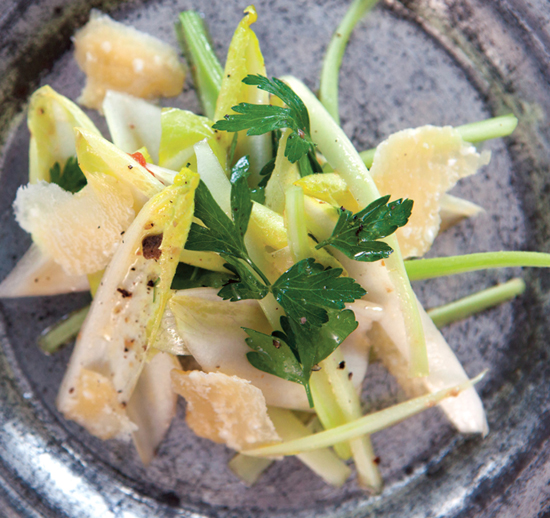
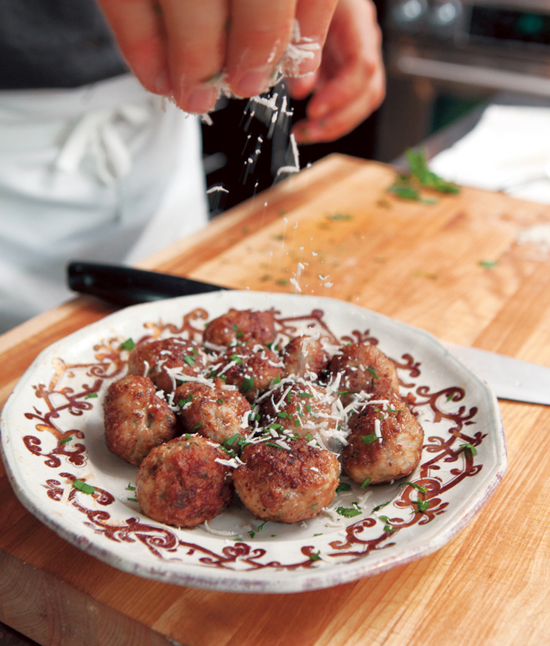
INTRODUCTION:
A RETURN TO REAL COOKING
I REALLY LIKE TO COOK. I dont say that as a jokeI really, really enjoy cooking. Sniffing out the best ingredients, dreaming up a dish, and then handcrafting something delicious brings me immense satisfaction. That idea might seem odd in the technological age of modern cuisine. Why bother cooking by hand? Why judge doneness with your eyes when you can just put something in an oven, press a button, and take it out when the buzzer goes off? It will be cooked perfectly. You can vacuum-seal a veal medallion in plastic, label it, put the bag in a water bath at a prescribed temperature for a prescribed time, then take it out, cut it open, and serve it. Some people think that this kind of scientific advancement is a godsend. But not me. If I wanted to be a file clerk, I would work at an accounting firm. I dont enjoy filing. I enjoy cooking. I like to touch and smell fresh herbs, to roll them between my fingertips and breathe in their tempting aromas. I like to feel the supple skin on a fresh pear and taste the tannic bite of young artichokes. I want to understand where my food comes fromthe earth, the climate, and the place where it was grown. Touching, knowing, and understanding give me more respect for the ingredients Im working with and help me honor those foods in the kitchen. The fewer things between me and the food, the better. Dont get me wrongknowing the science of food can certainly make you a better cook. But how you use that knowledge makes all the difference between modern cuisine and rustic preparations. Some chefs use their knowledge to manipulate our mediumfoodto its furthest reaches, constructing or deconstructing elaborate dishes with multiple components. Other chefs use food knowledge to expertly pair two ingredients together in a simple preparation like a musician who can move you from your seat with two minimal notes. That musician may have a deep understanding of musical theory but chooses to display his or her knowledge with an uncomplicated melody. I love knowing how and why things happen in cooking, but Ill take Miles Davis over Wynton Marsalis any day of the week.


